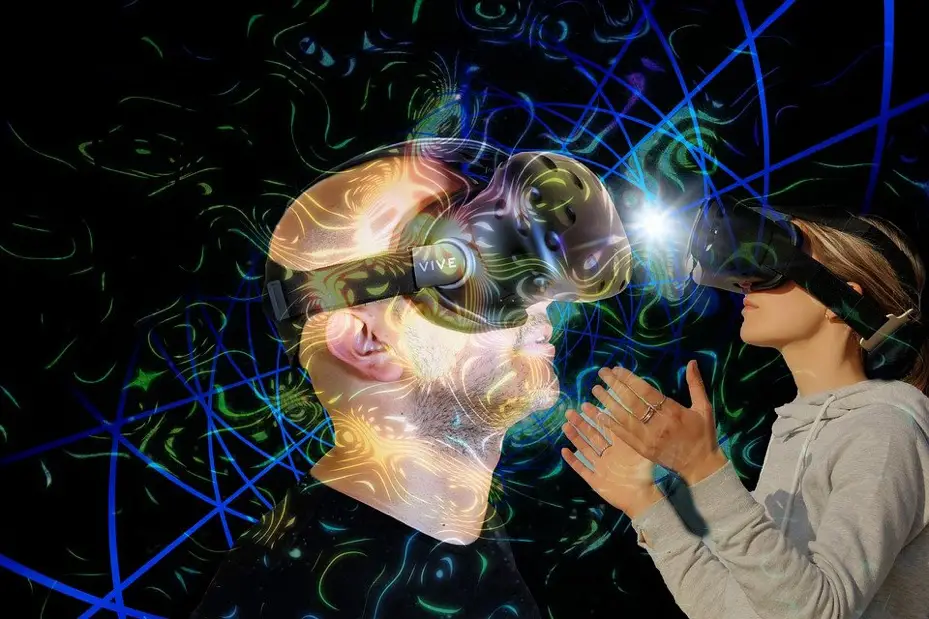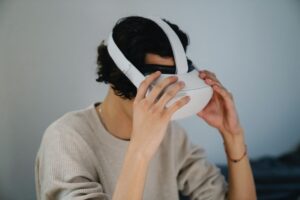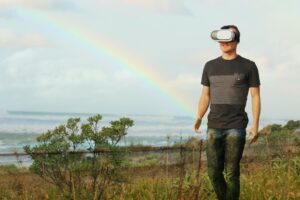VRI (Visual reorientation illusion) is an aspect where one’s perception of motion or body positioning disagrees with reality. VRI can be produced by tricking the brain with (a false) sensory data: tilting a room 90º with familiar objects or rotating a room 360º about a horizontal axis.
Beyond the scientific interest in learning how contrary and differing signals are translated by the brain. Reliably producing sensory illusions has utilization in transportation and the future of virtual experiences and immersive gaming.
In this study, published in PLoS ONE, York University scientists investigated closely how the brain balances contradictory sensory signals. It was a three-series study involving 72 participants.
The scientists were mainly interested in understanding how conflicting motion signals are interpreted and weighted. Participants walked through their virtual space and were asked to assess their displacement.
Researchers found that the misestimation of displacement was stronger in the structured hallway scene and was mediated by Visual reorientation illusion.
The inclination to prioritizing visual signals over posture enabled the researchers to better understand how the human brain aggregates conflicting sensory data and why certain circumstances lead to re-weighting one as more significant than the other.
Given that people experience sensory illusions every day, understanding these events can lead to safer environments and also has practical applications for surrounding.
“On Earth, the brain has to constantly decide whether a given acceleration is due to a person’s movements or to gravity. This decision is helped by the fact that we normally move at right angles to gravity. But if a person’s perception of gravity is altered by the visual environment or by removing gravity, this distinction becomes much harder.
The findings reported in this paper could be helpful when we land people on the Moon again, on Mars, or on comets or asteroids, as low-gravity environments might lead some people to interpret their self-motion differently with potentially catastrophic results.” – Author Laurence Harris.
Follow us on LinkedIn
Read other Articles




